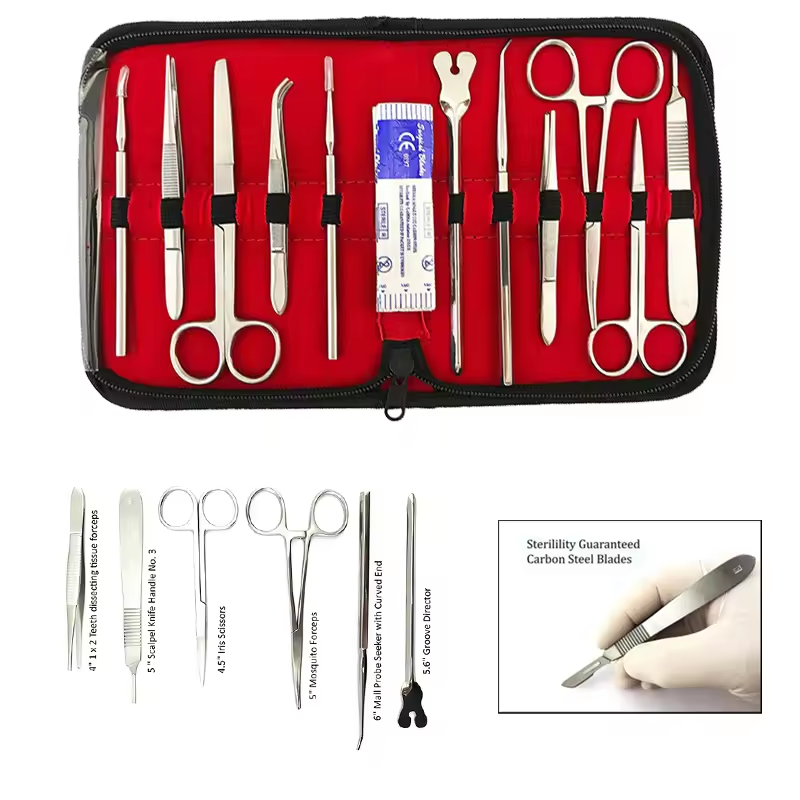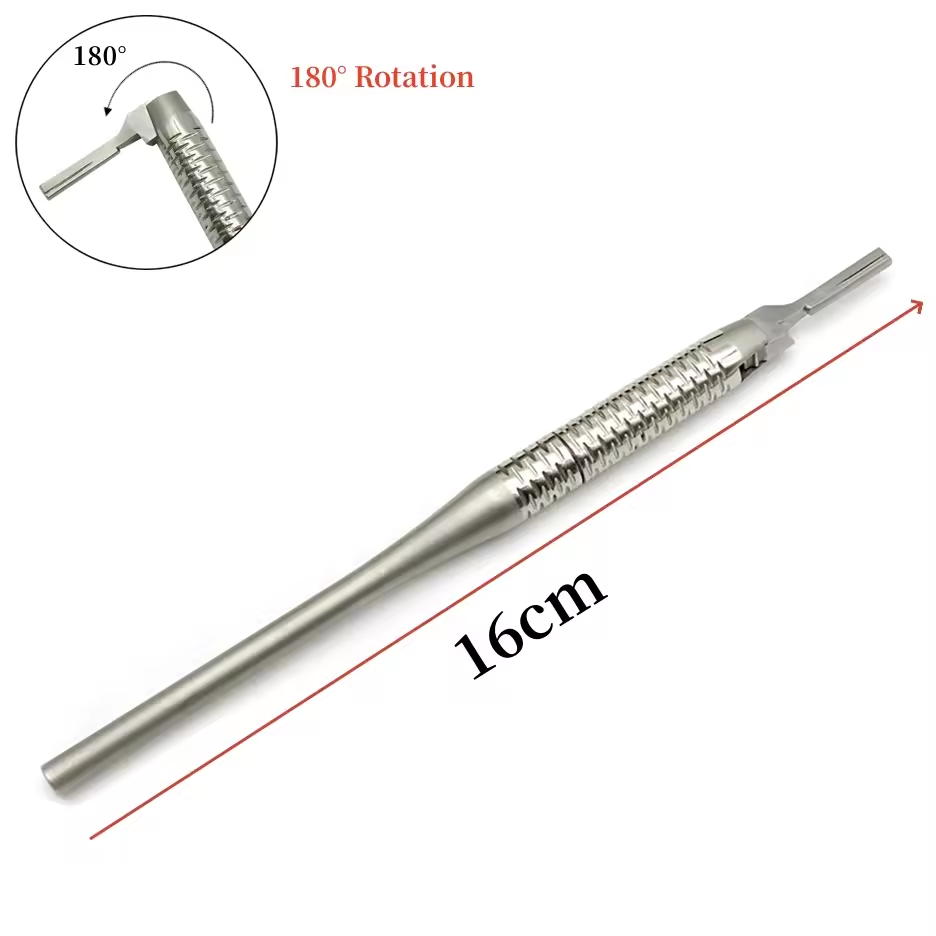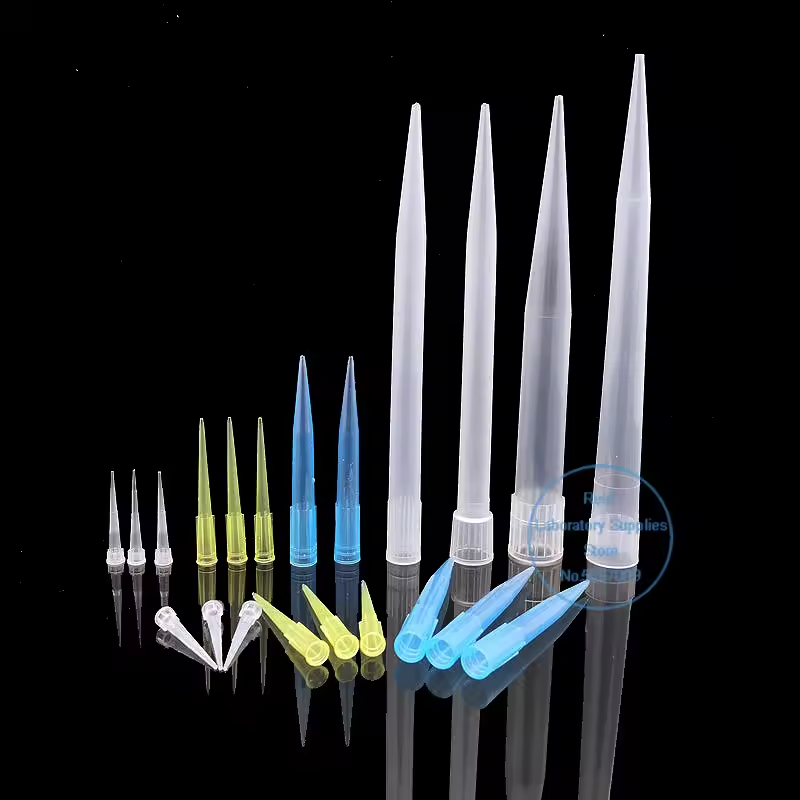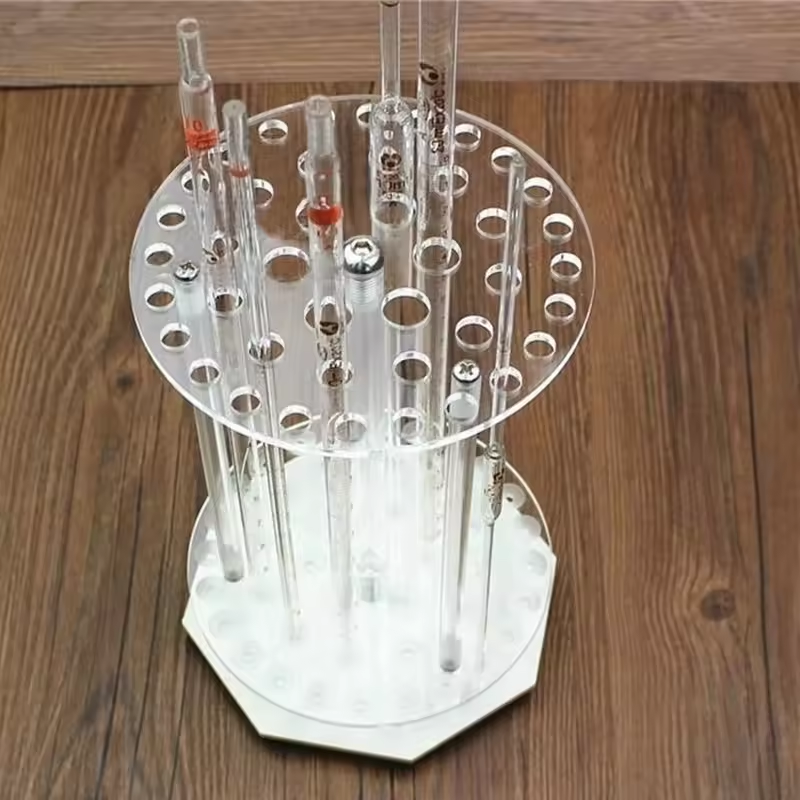Introduction to Alinity Pipettor
The Alinity Pipettor is an advanced tool designed for precision in liquid handling tasks. Laboratories rely on accurate pipetting for reliable results in diagnostics and research. This device combines automation and innovative design to ensure consistent performance.

Overview of the Technology
The Alinity Pipettor uses state-of-the-art technology to streamline pipetting processes. It integrates electronic controls for precise volume settings, reducing manual intervention. Advanced sensors monitor liquid transfer to minimize errors. Its ergonomic design ensures comfort even during long hours of use.
Key Features and Advantages
The Alinity Pipettor offers several unique benefits for laboratory workflows:
- Precision Control: Adjustable electronic volume ensures reliable liquid measurements every time.
- Automation: Automated dispensing minimizes human error and maximizes efficiency.
- Durable Build: Designed to withstand rigorous laboratory use.
- User-Friendly Interface: Simplifies operation, even for first-time users.
- Compatibility: Works well with various liquid types and container formats.
These features make the Alinity Pipettor a critical tool for labs aiming for accuracy and productivity.
Applications of Alinity Pipettor in Laboratories
The Alinity Pipettor is highly versatile, serving various laboratory applications with precision. Its advanced features simplify complex tasks, ensuring efficiency and reliability in every use.
Clinical Diagnostic Applications
In clinical diagnostics, the Alinity Pipettor plays a crucial role in sample preparation. It ensures precise liquid measurements, which are essential for accurate test results. Laboratories use it for tasks like:
- Blood Testing: Ensures consistent reagent volumes for reliable diagnostic results.
- Urine Analysis: Provides accurate sample preparation for chemical and microbiological tests.
- Genetic Testing: Offers precision pipetting for PCR and other molecular diagnostics.
Its automation reduces human error in handling sensitive samples, maintaining high diagnostic accuracy. The device adapts seamlessly to the workflow of modern diagnostic labs.
Research and Development Utility
The Alinity Pipettor is indispensable in research and development (R&D). It offers unmatched precision for experiments requiring reproducible results. R&D teams use it for:
- Drug Development: Ensures accurate dosing during pharmaceutical research.
- Molecular Biology: Facilitates precise handling of DNA, RNA, and protein solutions.
- Cell Culture: Assists in uniform preparation of growth media and reagents.
Its ergonomic design allows researchers to handle demanding workloads comfortably. The compatibility with various container types enhances flexibility in laboratory setups, making it an ideal choice for diverse R&D needs.
How Alinity Pipettor Ensures Precision and Accuracy
Precision is the heart of the Alinity Pipettor’s design. It uses advanced mechanisms to ensure accurate liquid handling. Whether in clinical work or research, this precision boosts reliability and efficiency.
Innovative Mechanisms for Volume Control
The Alinity Pipettor is equipped with cutting-edge volume control technology. It allows users to set exact liquid volumes electronically. This eliminates inconsistencies caused by manual adjustments.
- Sensor Integration: Sensors closely monitor liquid transfer for unmatched accuracy.
- Dynamic Calibration: Automatic calibration adjusts to environmental changes, ensuring stable performance.
- Fine Resolution Settings: Users can adjust volumes down to minimal increments, suitable for delicate tasks.
These mechanisms make the Alinity Pipettor highly suitable for sensitive workflows like genetic testing or molecular biology. The volume control promotes confidence in experimental reproducibility and diagnostic results.
Reducing Human Error Through Automation
Automation is a key feature of the Alinity Pipettor, reducing the reliance on manual efforts. By integrating automated processes, the device minimizes errors, especially during repetitive tasks.
- Programmed Pipetting Cycles: Predefined cycles allow accurate and consistent dispensing every time.
- Error Alerts: The system detects anomalies like insufficient volume or wrong settings, alerting users immediately.
- Hands-Free Operation: Automation ensures uninterrupted workflow even in high-throughput labs.
By integrating these features, the Alinity Pipettor ensures optimal precision while saving time. This automation is particularly valuable in applications like clinical diagnostics, where accuracy and efficiency are critical.
The Alinity Pipettor combines innovative volume control and advanced automation to deliver precise, reliable, and efficient lab solutions.
Comparison with Other Pipetting Systems
The Alinity Pipettor stands out among other pipetting systems for its technology and user benefits. Comparing it with manual pipettors and competing automated systems highlights its advantages.
Alinity Pipettor vs Manual Pipettors
Manual pipettors require physical effort and are prone to errors. The Alinity Pipettor addresses both issues effectively.
- Ease of Use: Automated controls make pipetting simple compared to manual techniques.
- Consistency: Electronic settings guarantee precise measurements, unlike manual pipettors’ variability.
- Ergonomics: Designed for comfort, reducing fatigue during extended pipetting sessions.
- Efficiency: Speeds up repetitive tasks, improving workflow efficiency over manual tools.
These features make the Alinity Pipettor a smarter choice for labs focused on high accuracy and productivity.
Advantages Over Competing Automated Systems
Among automated pipettors, the Alinity Pipettor excels in reliability, precision, and design innovation.
- Superior Volume Control: Fine resolution settings enable precise handling of sensitive liquids.
- Advanced Sensors: Integrated sensors detect errors, ensuring accurate liquid transfers.
- User-Friendly Interface: Intuitive design makes operation seamless for new and experienced users.
- Durable Construction: Robust build supports frequent, high-throughput lab work.
Competing systems may lack advanced automation and ergonomic features seen in the Alinity Pipettor. Its combination of functionality and consistent results makes it a top choice in its category.
Maintenance and Best Practices
Proper maintenance ensures the Alinity Pipettor performs reliably over time. Regular cleaning and calibration boost its precision and lifespan.
Cleaning and Calibration Guidelines
Maintaining cleanliness and accurate calibration is essential for optimal pipettor performance. Follow these steps:
- Regular Cleaning: Clean the pipettor after each use with non-corrosive cleaning agents to avoid residue buildup.
- Disassembling Components: Carefully disassemble removable parts for thorough cleaning and drying.
- Periodic Calibration: Stick to the manufacturer-recommended calibration schedule to maintain liquid handling accuracy.
- Inspect for Damage: Regularly check for worn-out seals or broken parts to ensure consistent operation.
- Maintenance Logs: Keep track of cleaning and calibration schedules for systematic maintenance.
By following these guidelines, laboratories can ensure precise and reliable results while prolonging the pipettor’s life.
Tips to Maximize Longevity and Performance
Using the Alinity Pipettor effectively can extend its lifespan and optimize its performance. Employ these best practices:
- Proper Handling: Always handle the pipettor gently to avoid mechanical damage.
- Use Recommended Accessories: Opt for compatible tips and containers to prevent liquid transfer issues.
- Avoid Overloading: Do not exceed the specified volume range to maintain equipment reliability.
- Store Safely: Store the pipettor in a clean, dust-free environment when not in use.
- Train Staff: Educate users on correct pipetting techniques to prevent misuse and errors.
These practices ensure the Alinity Pipettor continues to deliver precision and consistency in liquid handling tasks.
Choosing the Right Alinity Pipettor Model
Selecting the right Alinity Pipettor model is crucial for ensuring optimal laboratory performance. Each lab’s needs differ, and choosing the appropriate model enhances accuracy and efficiency.
Factors to Consider for Your Laboratory Needs
When choosing an Alinity Pipettor, consider the following critical factors to match your lab’s requirements:
- Volume Range:
- Determine the volume range your lab typically handles.
- Choose a pipettor capable of accommodating small, medium, or large liquid volumes.
- Type of Workflows:
- Assess the type of tasks involved—clinical, research, or industrial.
- Select specialized models for complex tasks, like genetic testing or high-throughput analysis.
- Automation Requirements:
- Understand the level of automation your lab needs.
- Opt for highly automated models for repetitive tasks to minimize errors and boost efficiency.
- Ergonomics and Usability:
- Prioritize ergonomic designs to prevent user fatigue.
- Look for user-friendly interfaces for smooth operation by all team members.
- Compatibility with Consumables:
- Ensure compatibility with container types and liquid properties.
- Match pipettor specifications with the materials commonly used in your lab.
- Budget and Maintenance Costs:
- Factor in the initial cost and long-term maintenance expenses.
- Compare models that balance performance and affordability.
By evaluating your lab’s unique needs, you can choose a model that delivers accuracy and reliability.
Popular Models and Their Specifications
Alinity offers various pipettor models tailored to different applications. Below are some popular options:
- Alinity Pipettor Alpha:
- Volume Range: 1 ?L to 100 ?L.
- Application: Ideal for molecular biology and protein analysis labs.
- Key Feature: Fine resolution settings for handling delicate solutions.
- Alinity Pipettor Beta:
- Volume Range: 10 ?L to 1,000 ?L.
- Application: Suitable for clinical diagnostics and general-purpose lab work.
- Key Feature: Advanced sensor integration for error detection.
- Alinity Pipettor Gamma:
- Volume Range: 100 ?L to 5,000 ?L.
- Application: Fits industrial and high-throughput settings.
- Key Feature: Durable construction for frequent and intensive use.
- Alinity Pipettor Delta:
- Volume Range: Customizable for specific lab requirements.
- Application: Flexible use in R&D labs requiring adaptive functionality.
- Key Feature: Programmable pipetting cycles for versatile applications.
Each model serves specific laboratory workflows. Ensure the chosen model fits your application and budget. By selecting the right Alinity Pipettor, you can enhance precision, save time, and improve outcomes in your lab.
Future Trends in Pipetting Technology
The field of pipetting technology is evolving rapidly to meet the needs of modern laboratories. Innovations focus on improving accuracy, speeding up workflows, and reducing manual effort. Two major trends shaping the future of pipetting are automation and artificial intelligence (AI), along with innovations expected from Alinity and other competitors.
Role of Automation and Artificial Intelligence
Automation and AI are transforming laboratory practices by enhancing efficiency and reliability. These technologies bring several key benefits:
- Automated Pipetting: Automation reduces human intervention, ensuring faster and more consistent liquid handling.
- AI-Driven Error Detection: AI systems identify errors in real time, minimizing sample loss and inaccuracies.
- Workflow Optimization: Automated systems integrate with lab software, streamlining processes like sample tracking and data recording.
- Adaptive Learning: AI tools adapt to specific lab tasks, customizing performance for diverse applications.
Alinity pipettors are expected to embrace more advanced automation and AI features. This will help labs handle increasingly complex tasks with ease and precision.
Innovations Expected from Alinity and Competitors
The competitive landscape drives continuous innovation in pipetting technology. Alinity and other leaders are likely to introduce groundbreaking advancements:
- Smarter Pipettors: Advanced AI algorithms may enhance calibration, liquid sensing, and dispense accuracy.
- Eco-Friendly Designs: Devices could use sustainable materials and energy-efficient features to reduce environmental impact.
- Wireless Connectivity: Future pipettors may integrate wireless communication for simplified lab management and data sharing.
- Miniaturized Models: Compact designs might cater to labs with space constraints without compromising functionality.
- Expanded Compatibility: Innovations could improve compatibility with a broader range of liquids and containers.
These anticipated trends will reshape how laboratories operate, making processes faster, more precise, and environmentally conscious. By staying ahead in innovation, Alinity is poised to lead the market with cutting-edge pipetting solutions.